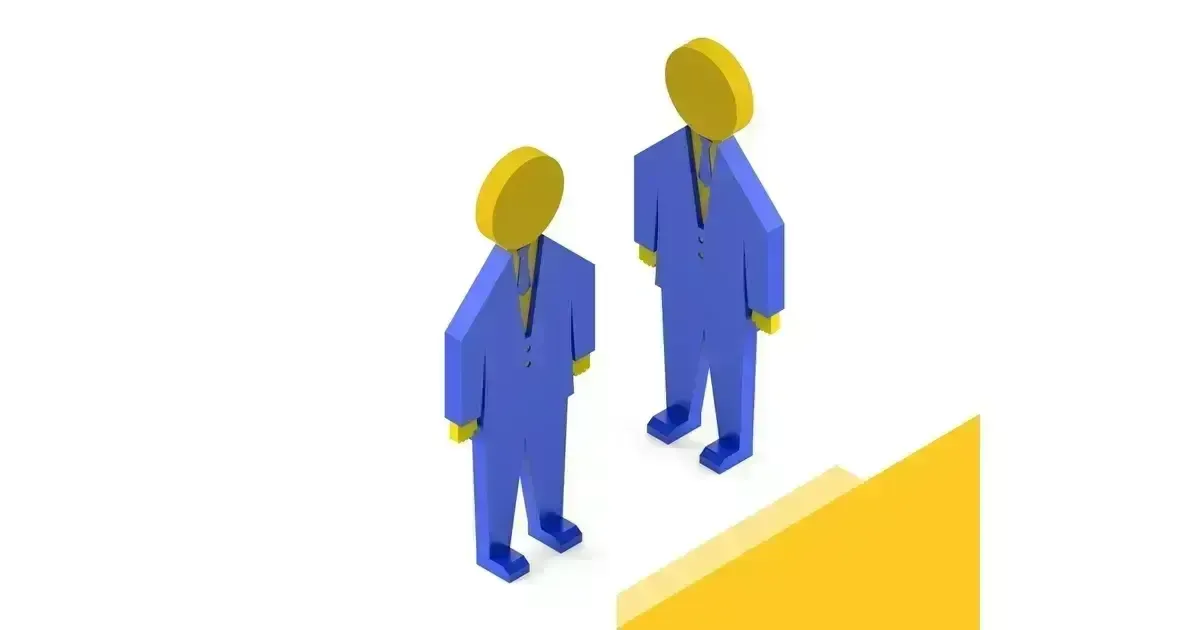Is art a necessary learning direction in different educational establishments—schools, colleges, and universities?
Art education is not merely an optional extra; it's a fundamental aspect of a well-rounded education. From fostering creativity to enhancing critical thinking skills, art plays a vital role in shaping students' academic and personal development.
Art has proved to be a necessary learning direction in different educational establishments—schools, colleges, and universities. However, due to the investigation of the professors from the top 10 essay writing agencies, it is more advisable to start learning arts at a young age as this area can have a big impact on the way people perceive the world and form their outlooks.
Art learning has to become similar to math, science, or language studies as it has a direct influence on the engagement of students in education overall.
What’s great about arts learning, this activity gives students the opportunity to be in various imaginary situations being in the play, creating something unique from scratch painting the picture, exploring the human feelings when writing a song, and so on. Art has no limits in diversity, imagination, and inspiration.
Better engagement in other subjects
As art is not a precise science that requires deep investigation into the scientific works, learning formulas, etc., it gives students more freedom—to relax from complicated subjects, tensions, and stress they receive during their education overall. Additionally, based on the writing service Writing Judge investigation, art learning develops creativity, providing unique approaches to different tasks and goals students have.Analyzing and interpreting works of art require students to observe, evaluate, and make connections between different elements. Whether analyzing the composition of a painting or deciphering the symbolism in a piece of literature, students develop their analytical skills and learn to think critically about the world around them. These skills are essential for academic success and lifelong learning, as they enable students to approach problems from multiple perspectives and make informed decisions.
It also helps students find better ways to perceive new information and knowledge. Eventually, subjects like physics may raise more interest and engagement thanks to creative learning approaches. Besides, if a student is bad at math, for example, he or she can fill these gaps and display their knowledge and skills in arts knowing their strong sides.
Self-growth and development
Art education promotes emotional intelligence and well-being. Creating art allows students to express their thoughts, feelings, and experiences in a constructive and therapeutic manner. Whether painting, drawing, writing, or playing music, engaging in artistic activities provides students with an outlet for self-expression and emotional exploration.
Art engages students in creating something unique and creative, like the writers from the custom writing service Best Writers Online do. But what is more important, it helps students to understand their uniqueness and value compared to other people. We are all different, with different visions of this world, careers, education, and outlook. Surely, art requires regular practice, just like any other subject. The more you create in your area, the more confident in your skills and talent you become.
Additionally, art education encourages self-discipline and perseverance. Mastering artistic skills requires practice, patience, and dedication. Whether learning to play a musical instrument, perfecting a dance routine, or honing their drawing abilities, students learn the value of hard work and perseverance. These qualities are essential for academic and personal success, as they enable students to set goals, overcome challenges, and achieve excellence in their endeavors.
Enabling team collaboration
Art education usually requires team collaboration. For instance, as a college student, you get the task of writing a college anthem lyrics and music with a group of your classmates. Despite the task being general, each participant of the group receives a certain aim and mission within the group.
Through collaborative art projects, students learn to work together, communicate effectively, and compromise to achieve a common goal. Whether collaborating on a mural, theater production, or musical performance, students develop teamwork skills that are essential for success in school, the workplace, and beyond. Furthermore, art provides a universal language through which students can communicate their thoughts, emotions, and experiences, transcending linguistic and cultural barriers.
These art projects provide a great way to learn how to work in a team, get along with all other members, define the main goal, and equal tasks for everyone. Each student is responsible for a particular sphere and has a great impact on the outcome.
Exploration of the personality
Art education provides a platform for students to express themselves creatively, exploring different mediums, styles, and techniques.
Basically, all subjects students learn at school or college are essential for their general education. Subjects like math or chemistry are precise—they include accurate formulas, numbers, terms, and so on, meaning students cannot introduce anything creative into it. Art learning erases any borders and limits in expression. It allows students to examine their real interests, their feelings, their reactions, emotions, ways of expression, etc. It gives full freedom to students to decide what sphere or what profession would be the best for them in the future.
Whether through painting, sculpture, music, or any other artistic medium, students can reflect on their experiences, beliefs, and identities, fostering self-awareness and personal growth. Thus, when students select the sphere of activity they really want to, they are capable of becoming top-notch professionals in this area.
Art learning aims to teach and challenge students by getting them in different imaginary situations with different feelings and emotions. Well-developed creativity helps people to find appropriate and quick solutions for various problematic situations at college, at work, in personal life, and so on. Art requires constant practicing, not just because the trends in a certain direction are evolving. The more you practice your kind of art, the deeper you dig into your real personality, feeling, and emotions. It helps perceive the world and diverse circumstances in multiple ways, making your attitude toward them easier.
Art has proved to be a necessary learning direction in different educational establishments—schools, colleges, and universities. However, due to the investigation of the professors from the top 10 essay writing agencies, it is more advisable to start learning arts at a young age as this area can have a big impact on the way people perceive the world and form their outlooks.
Art learning has to become similar to math, science, or language studies as it has a direct influence on the engagement of students in education overall.
What’s great about arts learning, this activity gives students the opportunity to be in various imaginary situations being in the play, creating something unique from scratch painting the picture, exploring the human feelings when writing a song, and so on. Art has no limits in diversity, imagination, and inspiration.
Better engagement in other subjects
As art is not a precise science that requires deep investigation into the scientific works, learning formulas, etc., it gives students more freedom—to relax from complicated subjects, tensions, and stress they receive during their education overall. Additionally, based on the writing service Writing Judge investigation, art learning develops creativity, providing unique approaches to different tasks and goals students have.Analyzing and interpreting works of art require students to observe, evaluate, and make connections between different elements. Whether analyzing the composition of a painting or deciphering the symbolism in a piece of literature, students develop their analytical skills and learn to think critically about the world around them. These skills are essential for academic success and lifelong learning, as they enable students to approach problems from multiple perspectives and make informed decisions.
It also helps students find better ways to perceive new information and knowledge. Eventually, subjects like physics may raise more interest and engagement thanks to creative learning approaches. Besides, if a student is bad at math, for example, he or she can fill these gaps and display their knowledge and skills in arts knowing their strong sides.
Self-growth and development
Art education promotes emotional intelligence and well-being. Creating art allows students to express their thoughts, feelings, and experiences in a constructive and therapeutic manner. Whether painting, drawing, writing, or playing music, engaging in artistic activities provides students with an outlet for self-expression and emotional exploration.
Art engages students in creating something unique and creative, like the writers from the custom writing service Best Writers Online do. But what is more important, it helps students to understand their uniqueness and value compared to other people. We are all different, with different visions of this world, careers, education, and outlook. Surely, art requires regular practice, just like any other subject. The more you create in your area, the more confident in your skills and talent you become.
Additionally, art education encourages self-discipline and perseverance. Mastering artistic skills requires practice, patience, and dedication. Whether learning to play a musical instrument, perfecting a dance routine, or honing their drawing abilities, students learn the value of hard work and perseverance. These qualities are essential for academic and personal success, as they enable students to set goals, overcome challenges, and achieve excellence in their endeavors.
Enabling team collaboration
Art education usually requires team collaboration. For instance, as a college student, you get the task of writing a college anthem lyrics and music with a group of your classmates. Despite the task being general, each participant of the group receives a certain aim and mission within the group.
Through collaborative art projects, students learn to work together, communicate effectively, and compromise to achieve a common goal. Whether collaborating on a mural, theater production, or musical performance, students develop teamwork skills that are essential for success in school, the workplace, and beyond. Furthermore, art provides a universal language through which students can communicate their thoughts, emotions, and experiences, transcending linguistic and cultural barriers.
These art projects provide a great way to learn how to work in a team, get along with all other members, define the main goal, and equal tasks for everyone. Each student is responsible for a particular sphere and has a great impact on the outcome.
Exploration of the personality
Art education provides a platform for students to express themselves creatively, exploring different mediums, styles, and techniques.
Basically, all subjects students learn at school or college are essential for their general education. Subjects like math or chemistry are precise—they include accurate formulas, numbers, terms, and so on, meaning students cannot introduce anything creative into it. Art learning erases any borders and limits in expression. It allows students to examine their real interests, their feelings, their reactions, emotions, ways of expression, etc. It gives full freedom to students to decide what sphere or what profession would be the best for them in the future.
Whether through painting, sculpture, music, or any other artistic medium, students can reflect on their experiences, beliefs, and identities, fostering self-awareness and personal growth. Thus, when students select the sphere of activity they really want to, they are capable of becoming top-notch professionals in this area.
Art learning aims to teach and challenge students by getting them in different imaginary situations with different feelings and emotions. Well-developed creativity helps people to find appropriate and quick solutions for various problematic situations at college, at work, in personal life, and so on. Art requires constant practicing, not just because the trends in a certain direction are evolving. The more you practice your kind of art, the deeper you dig into your real personality, feeling, and emotions. It helps perceive the world and diverse circumstances in multiple ways, making your attitude toward them easier.


























